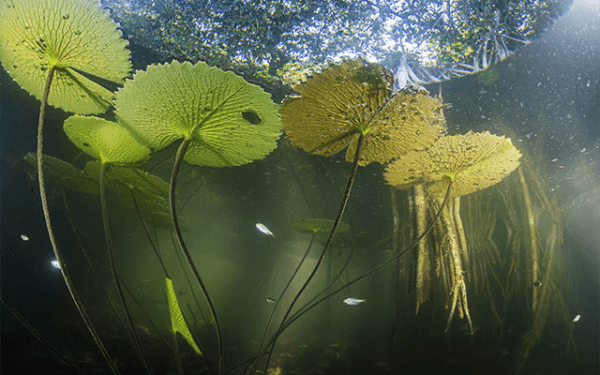Deep in the heart of the Yucatan Peninsula, an ancient mangrove ecosystem flourishes more than 200 kilometers (124 miles) from the nearest ocean. This is unusual because mangroves—salt-tolerant trees, shrubs, and palms—are typically found along tropical and subtropical coastlines.
A new study led by researchers across the University of California system in the United States and researchers in Mexico focuses on this luxuriant red mangrove forest. This “lost world” is located far from the coast along the banks of the San Pedro Martir River, which runs from the El Petén rainforests in Guatemala to the Balancán region in Tabasco, Mexico.
Because the red mangrove (Rhizophora mangle) and other species present in this unique ecosystem are only known to grow in salt water or somewhat salty water, the binational team set out to discover how the coastal mangroves were established so deep inland in fresh water completely isolated from the ocean. Their findings were published Oct. 4 in the Proceedings of the National Academy of Sciences of the United States of America.
Read more at: University of California - San Diego
The aquatic life of the San Pedro Martir River in Tabasco, Mexico, finds refuge in the submerged roots of the red mangrove forests. (Photo Credit: Octavio Aburto)


